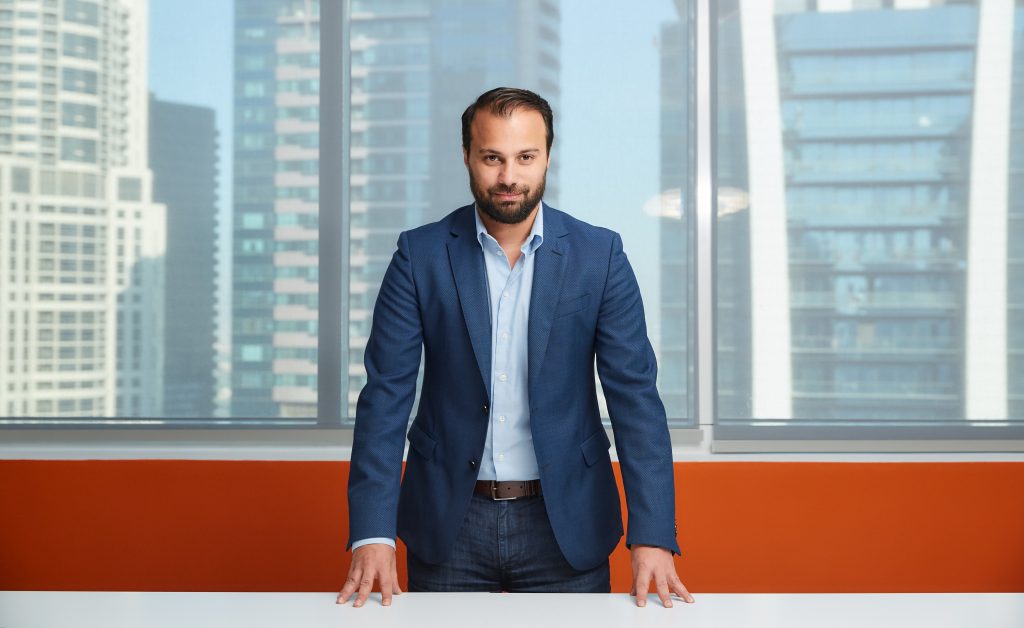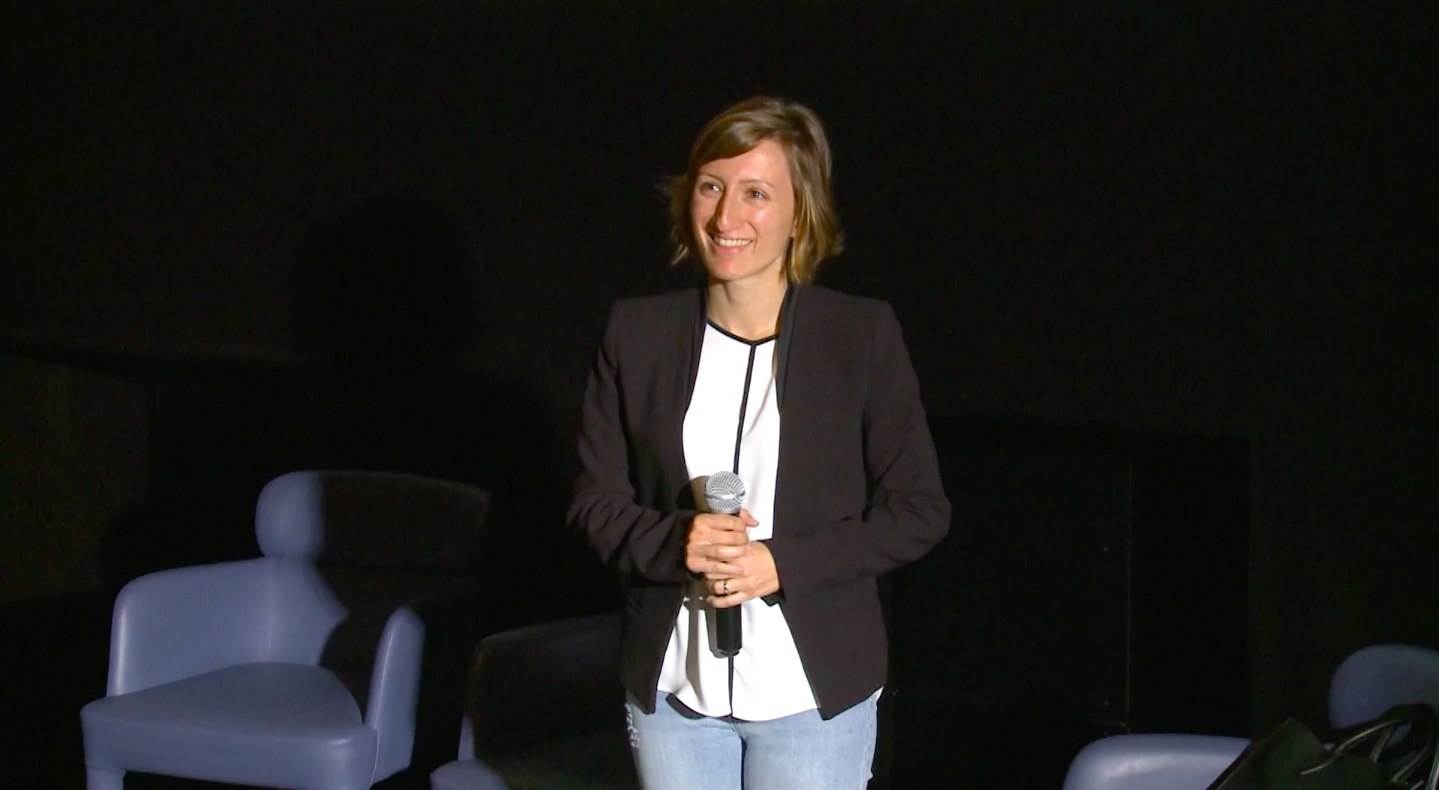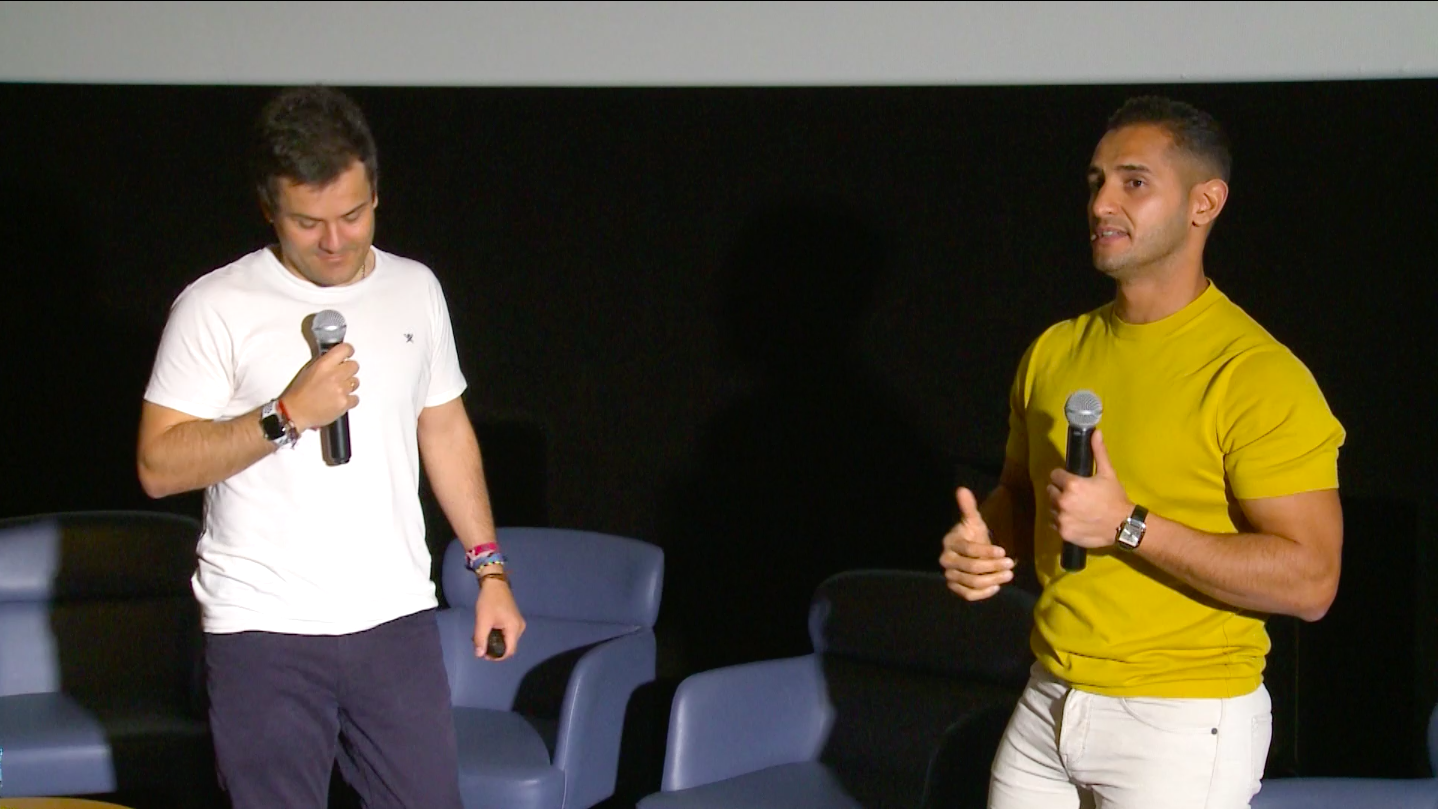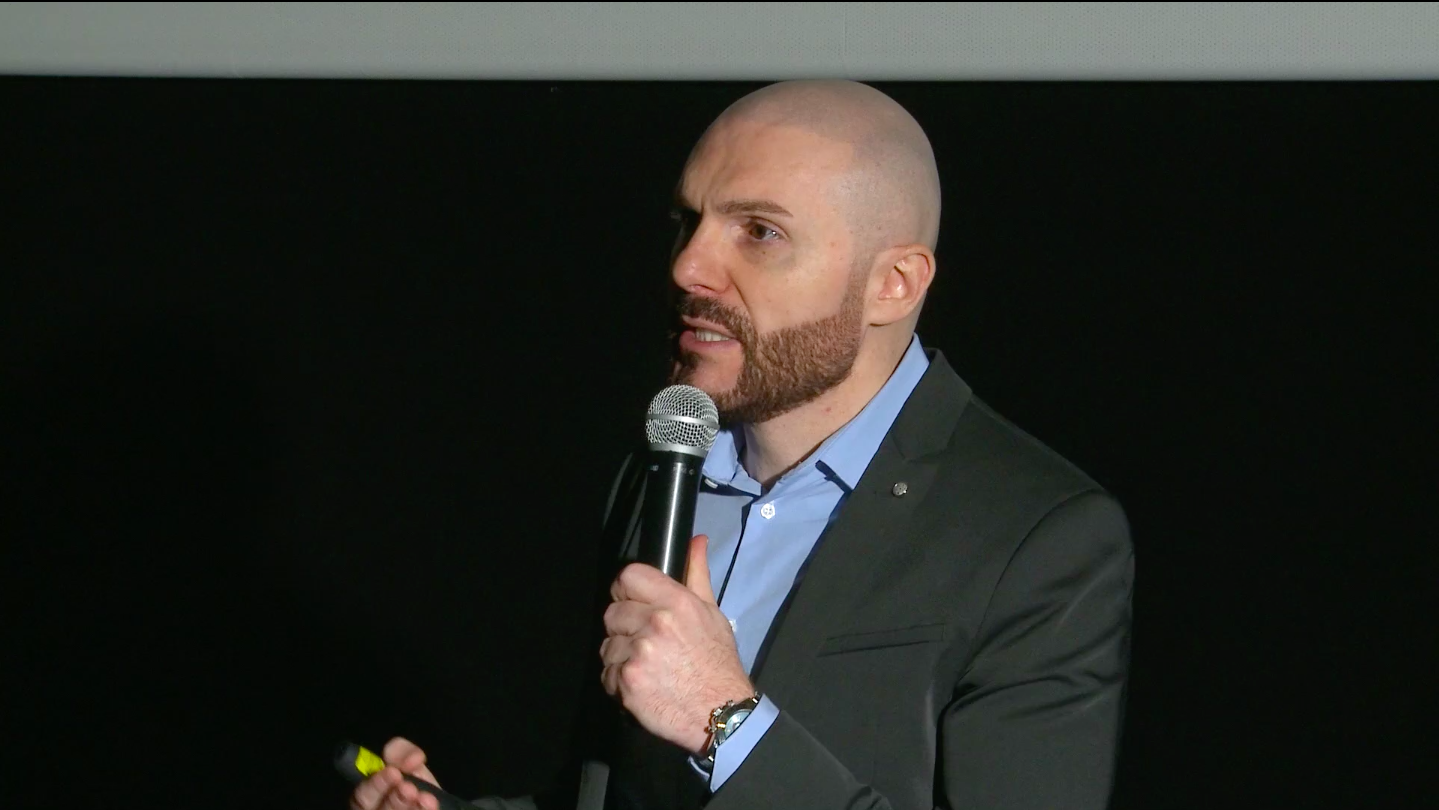Ayman Haydar, CEO of programmatic marketplace provider MMP World Wide, explains why effectiveness is built over time and what it means in a post-pandemic world.

What has the pandemic changed in terms of marketing effectiveness?
The gulf between 2019 and 2021 could not be wider. To say that times have changed is an understatement; business as usual no longer applies. We can be sure that adoption of ‘trending’ mediums will continue to be a focus for marketers looking to find the new ‘sweet spot,’ particularly when it comes to digital video and audio, both growing their revenues by 20.6% YoY to $26.2 billion and 13% YoY to $3.1 billion respectively, according to the 2020 IAB Internet Advertising Revenue Report. Still, effectiveness isn’t measured in terms of a single campaign's success. Like loyalty, it has to be earned over time. Now, marketers find themselves having to continually change up the narrative to figure out where they fit in the consumer world, not the other way around. Ultimately, the result is a much more fluid system that allows for more creative solutions that listen, as well as anticipate, a need.
What has been a salient case of creativity and effectiveness in the last year?
When the lockdown hit, everyone had different approaches to dealing with it. Campaigns either went on hold or brands tried their best to pivot, responding to the ever-changing situation and mood. In the beginning, there was an overwhelming case of empathetic messaging (I lost count of the amount of ‘We’re here for you’ emails) that gave way to a more aspirational, humorous, or pragmatic approach the longer COVID restrictions went on. A few campaigns that really got it right creatively in my view include Nike’s #PlayForTheWorld (a masterclass in uniting and inspiring a brand community); Thai Airways #StayHomeClaimMiles (incentivizing its consumers to follow the rules whilst still guaranteeing brand affinity); and Honda’s #StayHome car advert (a tongue-in-cheek approach to working from home that was extremely relatable at that time).
In a crisis, who reaps the biggest rewards and why: the brave or the cautious?
I don’t think it’s about being one or the other; it’s all of the above. We need to be bold when it comes to operating in this current climate, capitalizing on any opportunities that are arising on the back of the pandemic. It’s easy to use Covid-19 as an excuse to stay still, particularly when world markets are all in various states of recovery; there are peaks and troughs daily, which makes planning for the long term all the more difficult. Being cautious isn’t necessarily a bad thing either, especially when it comes to safeguarding your business; but you still have to believe in your proposition and know that things will bounce back eventually. Overall, online advertising in 2020 grew 12% YoY to $140 billion - would you have believed that back in March last year?
What does the new normal mean to you?
I think this phrase is already outdated - this is just life now. We work from home, we wear masks and we keep our distance, sure, but our jobs, even if the context has changed (budgets shifting into different mediums, etc.) remain largely the same. We are still providing exceptional service to our clients, partners, publishers, and shareholders and will continue to do so as things keep evolving over time. Our industry is in a good position too, with programmatic advertising growing 25% YoY to $71.2 billion last year. We’ll keep ticking over, perhaps more slowly than in previous years, but still, I believe that in time, we’ll emerge stronger. Until then, we need to be comfortable with being uncomfortable for a while.
How prepared were you for the unexpected and how have you adapted to uncertainty?
We were very fortunate that ours is a digital business, so we didn’t need to overhaul things as drastically as other industries. We transitioned very quickly to an ‘online-only’ offering, with the majority of our clients and partners in a similar position. That’s not to say it was easy; yet, we’re part of an industry that is constantly evolving; change has become second nature to us. We’ve worked from home for the best part of 16 months, and as close as we all are, the social distancing, the masks, and what we now call ‘life’ can make us feel miles apart. Being back in an office environment isn’t as strange as you would think but still, it’s clear everything has changed. There’s no point looking back now. I choose to focus on what’s ahead and prepare for whatever comes next.
Some argue that limited budgets enhance creativity. What do you think 2021’s creative output will be like?
Creativity isn’t defined by how much money you have to spend. There’s always something new on the horizon and, in the race to be ‘the first’ to implement something, there’s a tendency to forget the basics and how to do them well. Creativity isn’t defined by technology alone; it’s utilized by imaginative people driven by data and inspired by concepts that speak to audiences on many different levels. Gimmicks are great. Viral videos do a job, sure, but beyond that, there needs to be some depth and emotive core to the output. Consumers today are jaded; they have spent the better part of a year in and out of lockdown, which means above all that they are craving a connection. Honesty goes a long way. Being humble too. Lego’s "Rebuild the World," Burger King’s “Mouldy Whopper,” and Nike’s “You Can’t Stop Us” campaigns hit the nail on the head in 2020 but I think smaller, niche brands and artists will breakout alongside them this year, as less overproduced and unscripted features make their debut on platforms like TikTok and Reels instead.
What are the top three skills the marketer of the future will need?
You know, I could list things like video production and editing, UX and UI design, and social media advertising skills, but that’s too easy. These skills can be learned and mastered, soon to be replaced by even more desirable competencies. Instead, I think marketers need to be:
- Adaptable: Things are changing so fast marketers will need to be ready to react quickly; so, it’s important they are agile in their operations and can adapt to changing situations and surroundings at a moment’s notice.
- Data fluent: Reading, crunching the numbers, and then building on the findings will be a crucial element to every campaign in future. To an extent, it is already, but marketers will need to be able to understand this data at a much more granular level than ever before, leveraging insights and optimizing in real time to drive success.
- “Extremely” creative: As much as we’re all driven by the data, creativity still has a big role to play. You need to have an imagination when it comes to conceptualizing these campaigns in the first place. With lockdown fatigue still prevalent in many parts of the world, marketers will have their work cut out connecting with consumers if they don’t engage more creatively with different formats and layouts.




